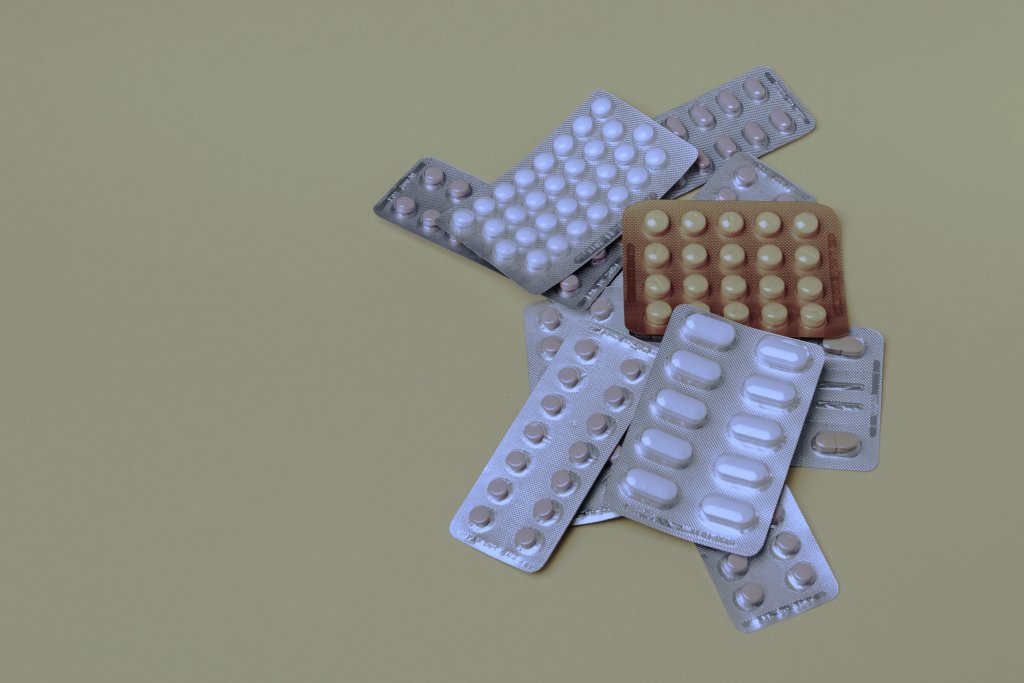
The effect of Anti-microbial Unfavorably Susceptible Responses
Anti-microbials have revolutionized the field of pharmaceuticals, playing a vital part in treating bacterial contaminations. Be that as it may, like all medicine, anti-microbials are not without their share of complications, and one of the foremost concerning issues is anti-microbial unfavorably susceptible responses.
In this article, we’ll investigate the different aspects of anti-microbial hypersensitivities, their effect on healthcare, and how to oversee them.
Sorts of Antibiotic Unfavorably Susceptible Responses
Quick Extreme touchiness Responses
Quick extreme touchiness responses to anti-microbials are regularly the foremost extreme. They can show within minutes to hours after taking the medicine and may incorporate indications such as hives, swelling, and in serious cases, anaphylaxis. This sort of response is IgE-mediated, meaning it includes the body’s resistant framework.
Postponed Touchiness Responses
Deferred extreme touchiness responses, on the other hand, regularly happen 48 to 72 hours after anti-microbial utilization. They fundamentally include the skin, driving to rashes, rankles, and tingling. These responses are T-cell-intervened, and whereas less serious than prompt responses, they can still cause inconvenience and concern.
Signs and Indications
Anti-microbial unfavorably susceptible responses can show a wide extend of side effects, making them in some cases challenging to analyze.
Common signs incorporate skin rashes, tingling, and swelling. Respiratory indications like wheezing and shortness of breath can happen, as well as gastrointestinal issues such as sickness, heaving, and runs.
Hazard Components
A few factors can increment the probability of creating anti-microbial sensitivities. Hereditary inclination can play a part, as people with a family history of sensitivities may be more inclined to anti-microbial responses. Past unfavorably susceptible responses to anti-microbials or other medicines can also increase the chance, as can the abuse or misuse of anti-microbials.
Conclusion and Testing
Diagnosing anti-microbial sensitivities regularly includes a combination of sensitivity testing and a survey of the patient’s restorative history.
Hypersensitivity testing may incorporate skin tests or blood tests to distinguish particular allergens. An exhaustive audit of the patient’s therapeutic history is fundamental to deciding the probability of an anti-microbial hypersensitivity.
Treatment and Administration
Overseeing anti-microbial hypersensitivities includes maintaining a strategic distance from the particular anti-microbial that caused the response. In cases where anti-microbials are fundamental, elective anti-microbials that the quiet isn’t unfavorably susceptible to can be prescribed. Symptom administration is additionally pivotal, with antihistamines and corticosteroids utilized to lighten distress.
Anti-microbial Hypersensitivities in Pediatrics
Children may encounter anti-microbial hypersensitivities, and their administration can be challenging. Uncommon contemplations are required, counting the utilization of elective antibiotics suitable for pediatric patients.

Anti-microbial Hypersensitivities vs. Side Impacts
It’s important to recognize between anti-microbial sensitivities and side impacts. Unfavorably susceptible responses involve the safety system’s reaction to the medicine, whereas side impacts are regularly non-immune responses to the medication.
The Affect on Healthcare
Anti-microbial hypersensitivities pose critical challenges in healthcare, especially in the choice of suitable anti-microbials for patients. In cases of serious sensitivities, constrained choices for viable treatment can lead to anti-microbial resistance, a developing concern within the restorative community.
Understanding Instruction
Raising mindfulness around anti-microbial sensitivities is vital. Patients ought to communicate their unfavorably susceptible history to healthcare suppliers, and healthcare suppliers ought to be persevering in endorsing anti-microbials. Instruction plays an essential part in avoiding pointless responses.
Case Ponders
Real-life cases think about offering experiences into the encounters of individuals who have experienced anti-microbial sensitivities. These stories can help others get it the challenges and the significance of appropriate administration.
Tips for Dodging Unfavorably Susceptible Responses
Viable communication with healthcare suppliers is imperative. Patients ought to educate their specialists approximately any known sensitivities, and specialists ought to carefully consider anti-microbial choices. Taking after endorsed measurements and instructions is basic for maintaining a strategic distance from responses.
Future Advancements
Progressing investigations into antibiotic hypersensitivities point to discovering arrangements for this issue. Creating safer antibiotics or elective medications may be a need, together with superior symptomatic apparatuses to recognize allergies more precisely.
common Anti-microbials that Trigger Sensitivities
Whereas any anti-microbial can trigger an unfavorably susceptible response, a few are more commonly related to allergic responses. Penicillin and related anti-microbials, such as amoxicillin and ampicillin, are among the foremost common guilty parties.
Other anti-microbials like sulfonamides, cephalosporins, and quinolones can also lead to unfavorably susceptible responses. It’s critical to note that indeed inside the same anti-microbial lesson, responses can shift, making individualized evaluation basic.
Creating Anti-microbial Allergies Over Time
Anti-microbial sensitivities can be created at any age, indeed if you’ve taken the same anti-microbial without any issues in the past. Your resistant system’s reaction to a particular medicine may alter over time, driving you to an unfavorably susceptible response on an ensuing presentation. Subsequently, it’s vital to be careful and report any modern unfavorably susceptible responses to your healthcare supplier.
Long-Term Results of Anti-microbial Hypersensitivities
In most cases, anti-microbial sensitivities don’t lead to long-term well-being issues once the allergen is maintained at a strategic distance. In any case, the results of an allergic response can be extreme on the off chance that not overseen legitimately.
Anaphylaxis, a life-threatening unfavorably susceptible reaction, can occur in severe cases. Additionally, if elective anti-microbials are less successful or lead to anti-microbial resistance, it may complicate the treatment of bacterial diseases in the future.
Differentiating Between Unfavorably susceptible Responses and Side Impacts
It can be challenging to recognize between unfavorably susceptible responses and side impacts of antibiotics. Allergic responses include the resistant system’s reaction and can change broadly from individual to individual.
Side impacts, on the other hand, are more unsurprising and can incorporate side effects like sickness, runs, or cerebral pain. Healthcare suppliers depend on a combination of quiet history, symptoms, and, in a few cases, hypersensitivity testing to create a clear diagnosis.
Suspecting an Anti-microbial Allergy
If you suspect you have an anti-microbial hypersensitivity, it’s imperative to take activity instantly. Contact your healthcare supplier to talk about your indications and unfavorably susceptible history.
Your specialist may prescribe sensitivity testing to distinguish the particular allergen mindful of the response. Based on the determination, you’ll be able to work together to create a plan for future anti-microbial utilization, counting elective anti-microbials that are secure for you.
Future Advancements in Anti-microbial Sensitivities
The field of anti-microbial allergy research is persistently advancing. Researchers are exploring ways to develop more secure anti-microbials that are less likely to trigger unfavorably susceptible responses.
This incorporates adjustments to existing antibiotics or the creation of completely modern drugs. Additionally, progressed symptomatic tools are being created to more precisely recognize anti-microbial sensitivities, lessening the chance of misdiagnosis.

Conclusion
Antibiotic hypersensitivities are a complex issue that influences people and healthcare as an entire. Appropriate determination, administration, and quiet instruction are fundamental in relieving their effect. With continuous investigation and mindfulness, the therapeutic community is working towards superior arrangements for anti-microbial unfavorably susceptible responses.
FAQs
What are the common anti-microbials that trigger sensitivities?
Can you create antibiotic allergies over time?
Are there any long-term consequences of anti-microbial hypersensitivities?
How can healthcare suppliers differentiate between an unfavorably susceptible response and a side impact?
What ought I do on the off chance that I suspect I have an anti-microbial hypersensitivity?
